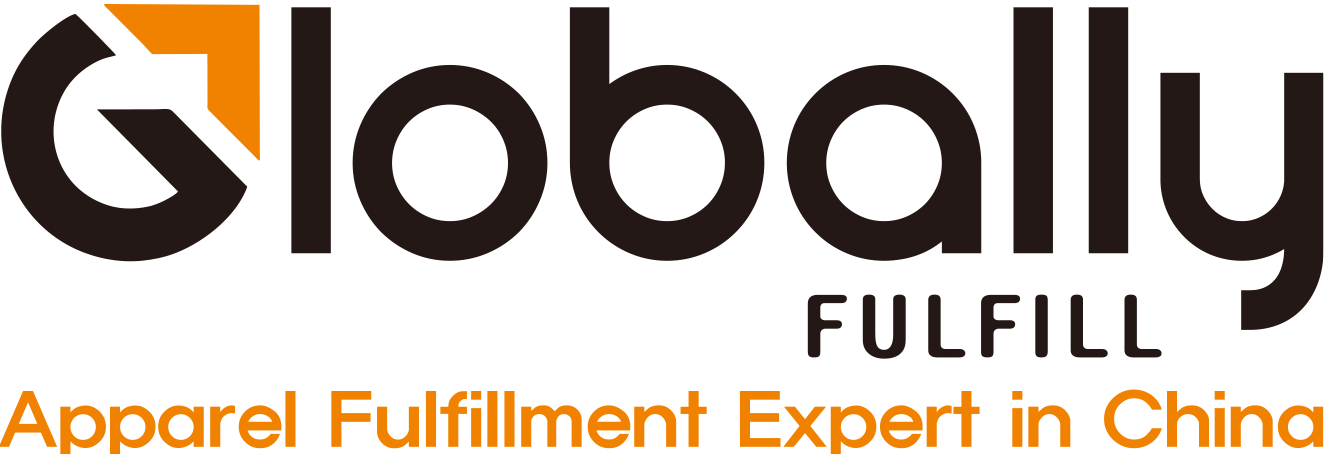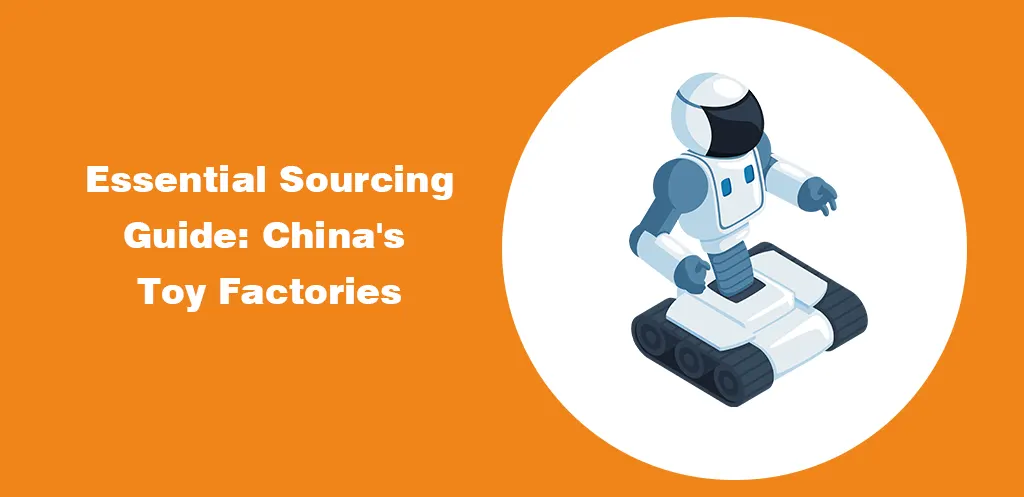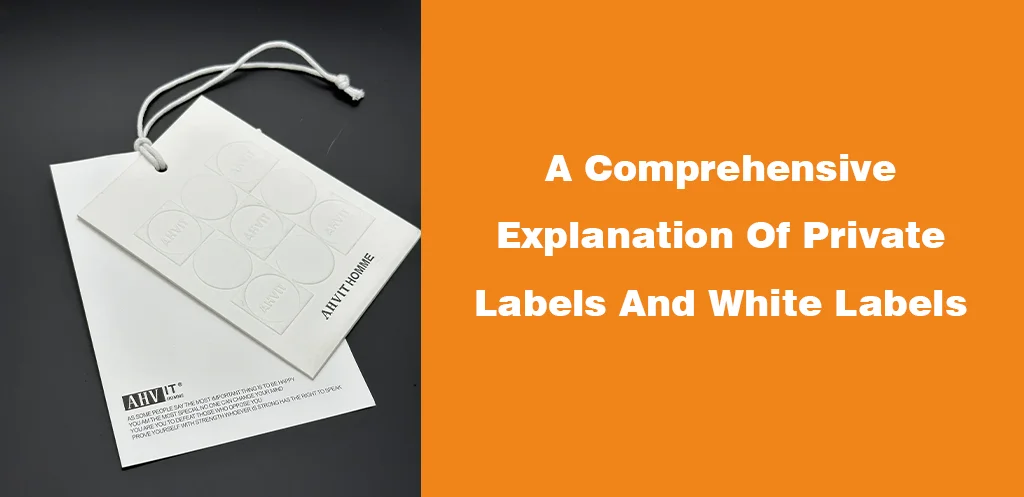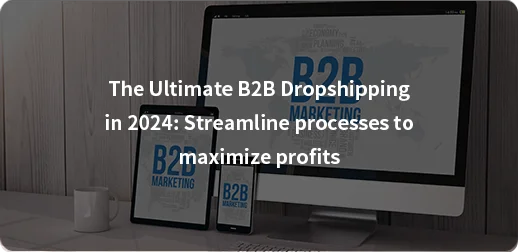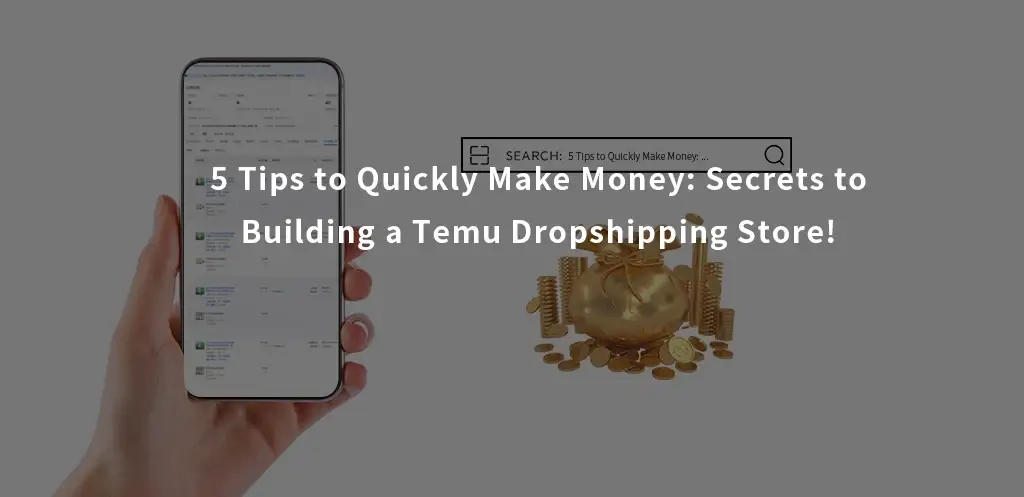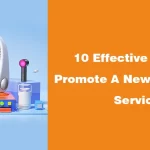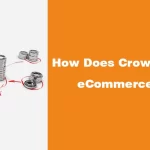Imagine spending countless hours building a product that eventually becomes your very own brand. Now that you have a loyal customer base and a few hundred or thousand sales under your belt, what’s next?
In today’s e-commerce industry, the competition is tough. While online selling techniques continue to evolve, businesses are always looking for new ways to retain their customer base.
Enter product line: a strategic expansion of your existing product range. In this guide, we’ll unveil the secrets of this powerful tool, explore its benefits, and dive into the most effective strategies. Let’s get started!
What is Product Line Extension?
Let us start with the basics – understanding the concept of product line extensions.
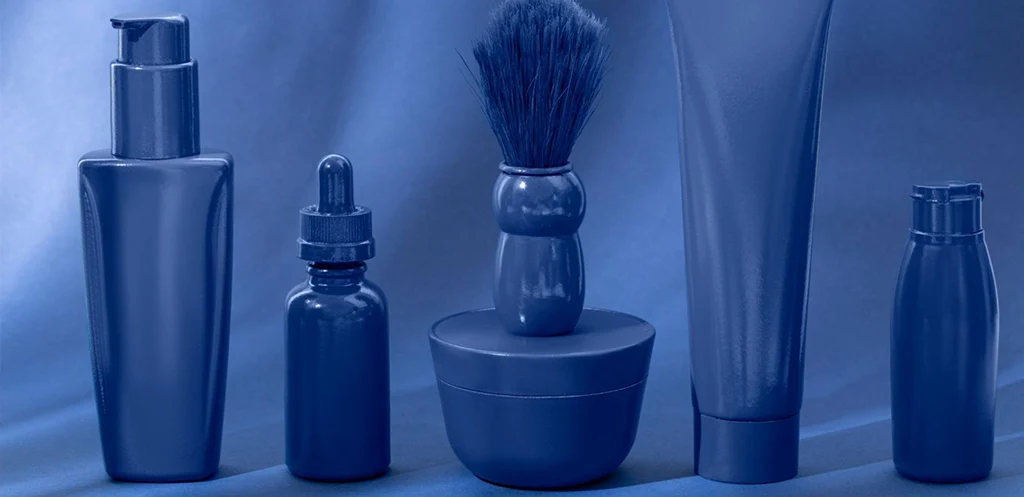
As an online seller, you would’ve been on the internet yourself to buy something at some point. Ever noticed your favorite brand adding new product variations every now and then? That’s where product line extension comes into play.
Essentially, product line extension expands a brand’s existing product range using a few tweaks. Brands can use different product line extension forms.
Think of a product getting new flavors, colors, or sizes. For instance, a new rose fragrance soap, or a bigger ground coffee bag of a single-pod coffee brand. Product line extension comes in many forms, and these are just a few of them.
Remember, this is a strategy for existing brands with an established customer base. Product line extensions help keep your customer base coming back for more.
Types of Product Line Extensions
Now that you have an idea of what product line extension is, it’s time to move on to the types.

Product line extensions are either horizontal or vertical, and each type has its range of benefits. Not only that, but it all comes down to your target audience, so choose wisely!
Horizontal Extensions
Horizontal extensions maintain the core strengths of the product and its quality.
With this type, sellers experiment with adding new variations to an existing product in terms of flavors, size or packaging, and additional features.
Consider brands coming out with different perfumes, soda drinks in varying sizes, or a smartwatch brand launching a new model with additional features.
Vertical Extensions
Vertical extensions, on the other hand, have a different approach altogether. This type alters the product’s quality and price point.
The result? It reaches new market segments looking for more luxurious or affordable versions of your original product.
Think about luxury perfume brands having travel-sized versions, that’s a downward extension. Meanwhile, an example of upward extension could be a skincare brand launching a premium organic range for a higher price point.
Benefits of Product Line Extension
Forget about your business coming to a road end, product line extension can retain your customer base and attract new customers! This strategic weapon has multiple benefits for businesses of all sizes.
Here are a few:
Catering to Diverse Customers
Your target audience consists of different groups, all with different demographics, lifestyles, and requirements.
If you think your lime-flavored soft drink is the hit of the season, you might be missing out on the audience that prefers orange flavor.
Product line extension has the benefit of giving people more options to choose from. With that said, it’s important to note that strategic selection plays an important role. You don’t want to overwhelm them with too many options, otherwise known as decision fatigue.
Expand your product range wisely! Think about what selected items would attract the highest percentage of your target audience by addressing their needs.
Unlocking New Revenue Streams
No matter which product line extension type you opt for, it helps in increasing your revenue stream.
Imagine having customers in the consideration stage who are looking for higher-quality materials or more affordable items to your existing product.

Having those options in your store paves the way for those customers to add that item to their cart and checkout.
In either case, you’ll be strengthening your brand image, tapping into additional market segments, and boosting your sales growth.
Staying Ahead of the Curve
In today’s rapidly evolving trends, some industries, like tech, require constant adaptation.
You don’t want to fall out of the race simply because your customers are looking for the latest product variations of what you’re offering.
Product line extensions can help sellers keep up with these demands and embrace trends without starting from scratch.
For instance, you already have headphones in your store. Why not give your customers the luxury of convenience by introducing a wireless charger to go with it?
This way, you’ll need lower investments while staying relevant in the industry and keeping your brand at the forefront of your customers’ minds.
Developing Customer Loyalty
Building and maintaining a thriving business is all about staying on top of your customers’ needs.
Product lines aren’t just about escalating those sales charts, but showing your customers that your brand has their interests and feedback in mind.
Introducing new product line extensions strengthens bonds with your customer base, letting them know their demands and feedback are valued.
In the long term, you’ll be fostering trust and loyalty with your customers. While we’re on the topic, there are other ways to increase customer loyalty, and we’ve listed the major strategies in our guide.
Enhancing Brand Portfolio
The products you add to expand your range aren’t just products, but an addition to your brand.

Think of each extension as an attribute to your niche. In other words, with each extension, you’re showcasing your expertise in the niche your brand caters to, whether it’s athletic clothing or travel bags.
A focused approach resonates with the audience. Moreover, it helps solidify your brand image and establish it as a frontier in that niche.
Strategies to Implement for Product Line Success
Now that we have established that extending a product’s line is quite useful, let’s get into the strategies and tips to expand the product line.
What do you want to achieve?
Before starting out expanding everything and making a hefty investment, have a clear map in your head.
Ask yourself questions like what are the company’s long-term goals, are we aiming to reach new customer segments, increase market share, or tap into emerging trends?
Having a well-defined vision before rushing through the process is the trick to the entire strategy. That target will set you on a line that will pave the way for you to progress toward success.
Review The Existing Product Lines
Before venturing out, consider looking at your existing products.
Critically analyze your existing product line and its performance. Look at factors like sales, profit, return on investment, market growth, etc.
Is there an opportunity to enhance your existing product range before launching a new one?
If the current product is still new to the audience, give it time before launching variations. Otherwise, a shaky foundation would do no good for your brand when you don’t have a solid customer base.
Having trouble acquiring new customers in the first place for your existing product line? Our guide on the top 10 strategies for acquiring customers in 2024 will help you get on the right track!
Listen to your customers
Gathering information directly from the customers about their preferences, their wants, and needs is probably one of the best ways to find what the customer wants.
In other words, product line extensions depend on analyzing your target audience through and through to know what attracts them.
Some tried and tested methods include conducting surveys, phone interviews or even looking at the reviews that have been given to your product and your competitor’s products.

Ask for your customers’ feedback on further improvements, what will make them buy a product, and their likes and dislikes about the product and use that to create a line expansion.
Plus, this trick doesn’t just help with a successful product line extension. In fact, it’s also one of the best strategies to increase your customer repeat purchase rate.
You can also add an incentive for the people who take a survey. For example give a 30% discount on any product in your store for taking the survey or give a gift card for some other business.
Prioritize Experimenting
Don’t put all your money into untested ideas.
First things first, conduct a proper market analysis. Understand your customers’ pain points, needs, and demands.
With those results, start testing with products in limited quantities. Some companies even go with A/B testing, where the brand introduces two variations of a product to see which one performs better.
Whether or not you have a money pool to back your investment, it’s better to refine your product offering before a major launch.
Learn from your competitors
Always pay attention to what your competitors are doing. The good and the bad!
Try to understand what makes their line of products successful.
Analyze what strategies they have been using to expand a product line. Similarly, study their mistakes to identify pitfalls and avoid duplicating them.
Plan Finances and Resources
Any expansion requires resources at the backend.
Create a realistic budget that doesn’t drain all your company resources. An expansion budget should include a detailed cost breakdown of development, production, and marketing.
And don’t think about cutting those costs in marketing. At the end of the day, the more effective your marketing strategies, the more customers you reach and the higher the sales.
While outlining the expenditure for the expansion, ensure you have the resources to manage it. Evaluate how much you can spend safely without jeopardizing your core business, and then move ahead.
The Best Brand Product Line Extensions Examples
Nothing teaches an e-commerce strategy better than gaining insight from industry experts. For this reason, let’s turn to the real world for some inspiration.
The following brands have truly led the product line extension concept. Their stories can help you learn the tricks to empower your own brand’s expansion.
LEGO
We’re all well aware of this building blocks company that continues to engage audiences of all ages.

What started as a simple building blocks company for kids has gradually introduced variations of its products.
Now, you’ll see LEGOs for collectibles, superheroes, themed sets, and even educational kits.
The brand has made exemplary use of vertical product line extension, where it has over time launched exclusive editions of its products.
Starbucks
Our all-time favorite coffee giant has had a good reason for continuing to lead the coffee industry with a bang.

Besides innovative offerings, including incentives, Starbucks doesn’t shy away from frequent horizontal product line expansion.
Time and time again, this coffee maestro has launched new flavors, sizes, and packaging. You might even have noticed limited holiday extensions on Halloween or Christmas.
Starbucks retains its brand success by continuing to offer new variations, allowing it to keep its existing clientele on its toes and attracting customers with varying coffee preferences.
Nike
Let’s dive into another booming vertical product line expansion example, Nike.

Nike’s Air Force range needs no introduction. With premium athletic footwear, the brand offers an added incentive for customers looking for an extra bang.
The iconic sneakers brand continues to collaborate with artists, designers, and celebrities, offering a range of designs and materials to their Air Force line.
Besides keeping their shoes desirable across generations, the brand is a great example of solidifying brand image and trust through product line extensions.
Final Verdict
Want your business to not become outdated and continue thriving in this market?
Product line extensions hold the solution. It’s a powerful tool that can reignite your customers’ interest, cater to their needs, and grow your brand’s success.
Before considering product line extensions, though, evaluate your objectives, customer needs and feedback, and your competitors. Leverage this strategy to tap into new markets, strengthen your brand image, and propel your success
Remember, product line extensions are not a one-size-fits-all solution. Therefore, plan it out with careful execution; only then will you maximize the effectiveness of product line extensions.
